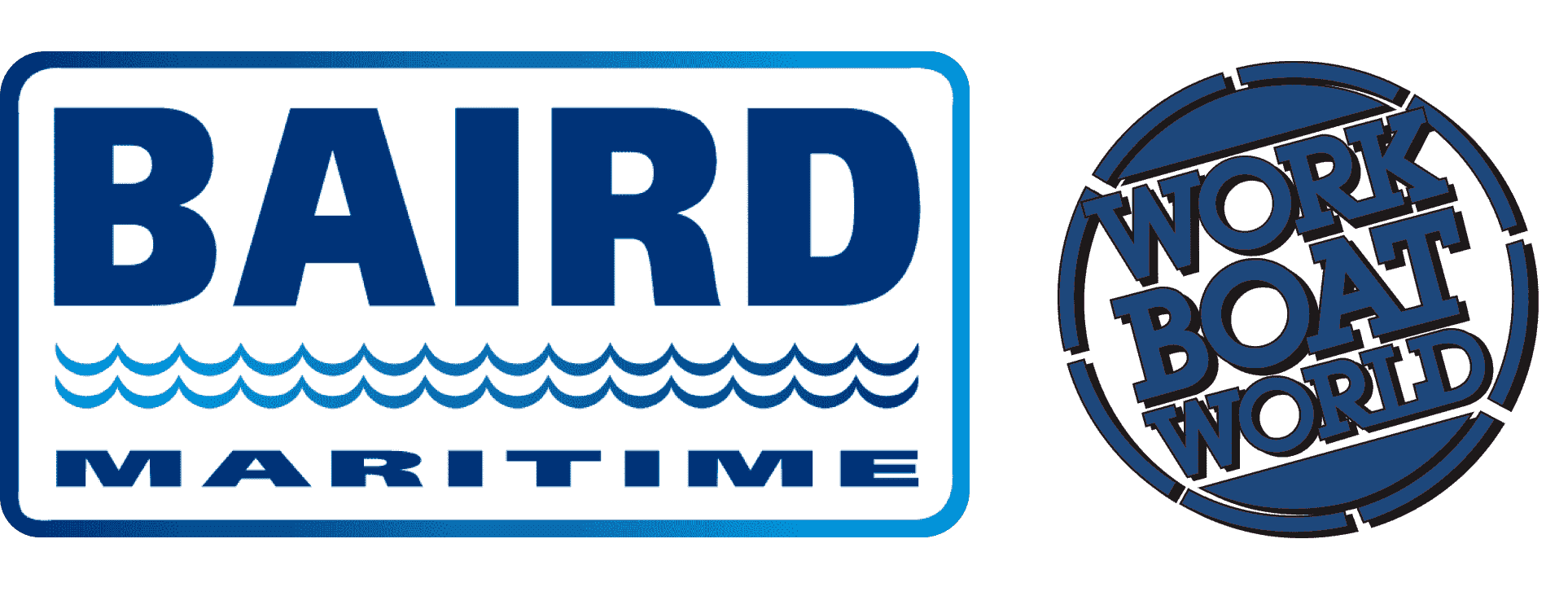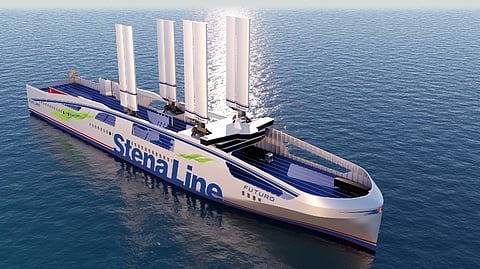Stena Line unveils ridiculous sail-assisted Ro-Ro ferry concept; "no plan" for its production
Stena Line's latest concept for a new generation of vessels is "Stena Futuro", a 240-metre-long Ro-Ro vessel intended for transporting semi-trailers and cars, equipped with all manner of optimistic technologies.
“The mission is to develop the most efficient and competitive vessel possible for a specific cargo capacity, using today’s available technology," said Nicolas Bathfield, Project Manager at Stena Teknik, who has been involved in developing the concept. "The goal is for the vessel to have the lowest fuel consumption on the market.”
"The hull and superstructure have been optimized to achieve the most efficient use of cargo space possible," said Stena.
"At the same time, low weight and optimized hydro- and aerodynamics are central to achieving low fuel consumption. Stena Futuro’s low and streamlined design is a result of these ambitions."
In addition to the vessel’s design, Stena Futuro would be equipped with technology to limit its environmental footprint. The vessel would feature hybrid propulsion, batteries and engines with low fuel consumption that can run on several different fuels.
The battery system would make it ready to partly operate the vessel on electricity alone, for example, when entering and leaving ports. Solar panels would also contribute to the ship’s electricity needs.
The hull of Stena Futuro would also be equipped with an air lubrication system, where small air bubbles are released beneath the waterline to reduce friction between the vessel and the water.
A waste heat recovery system would make it possible to reuse the hot exhaust gases from the ship’s engines to meet other onboard heating needs as well as supporting electric power generation.
The developed concept for Stena Futuro also includes four 40-metre-tall wing sails, which can be retracted when needed — for example, when passing under a bridge. Wing sails are a notoriously unsafe technology with numerous subsidy-driven concepts at various stages of development around the world.
Recently, Stena’s developers, together with the Swedish research institute RISE, have conducted tests and simulations of the sails’ usage to document both energy savings and how the sails affect the ship’s maneuverability and safety.
“The tests showed that Stena Futuro’s sails could potentially result in as much as 15 percent fuel savings. We also confirmed that the vessel meets all requirements for stability and maneuverability in scenarios such as sudden wind shifts or quick course changes,” said Bathfield.
Currently, there are no plans for the production of the concept (shocker! - Ed).


